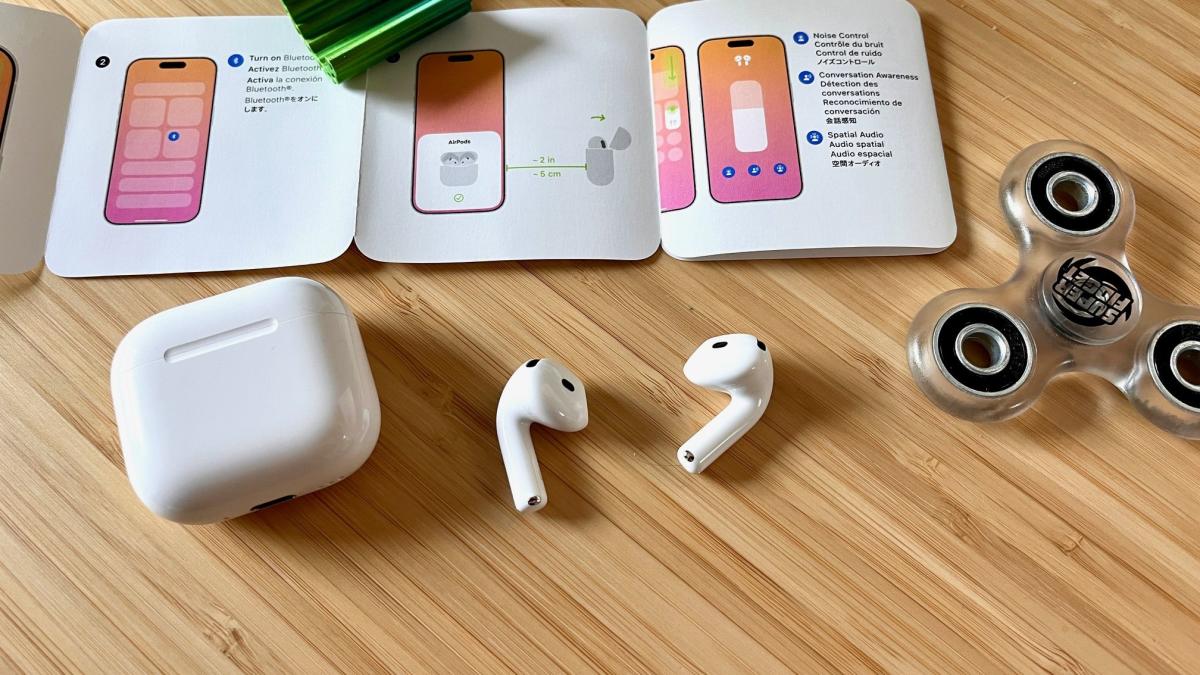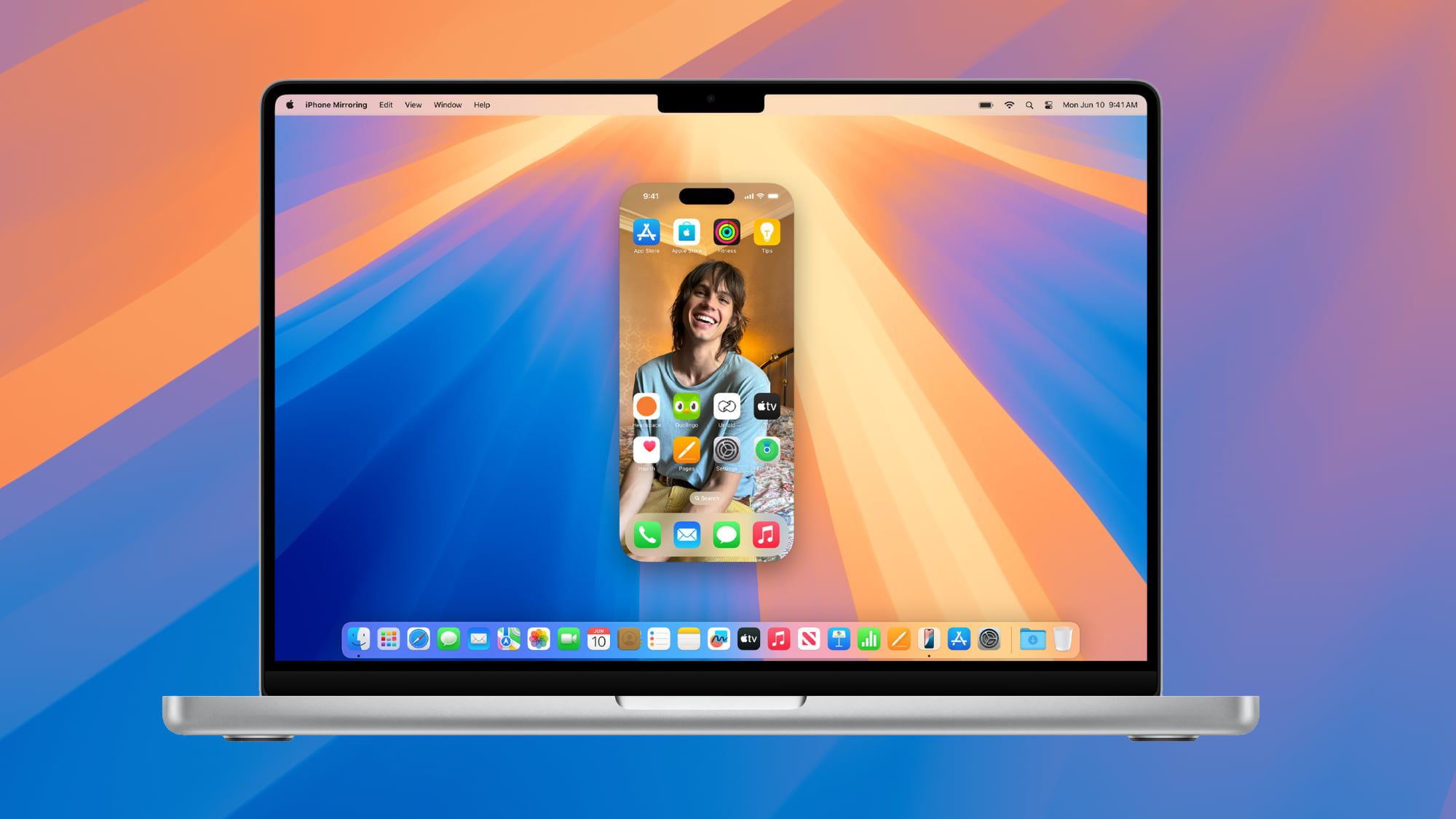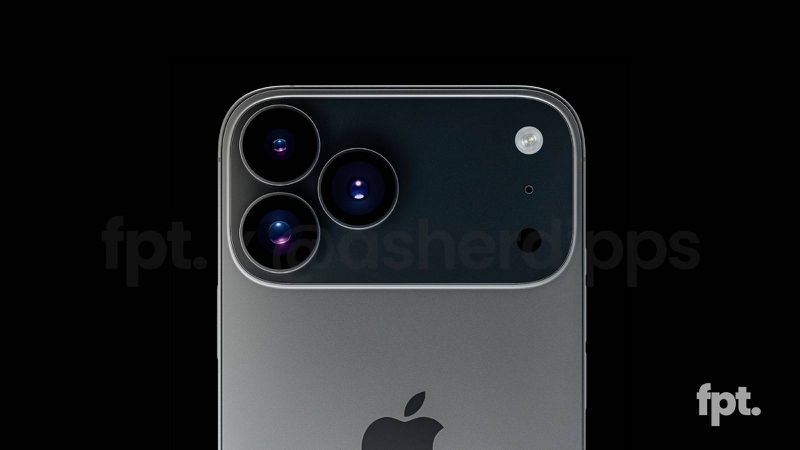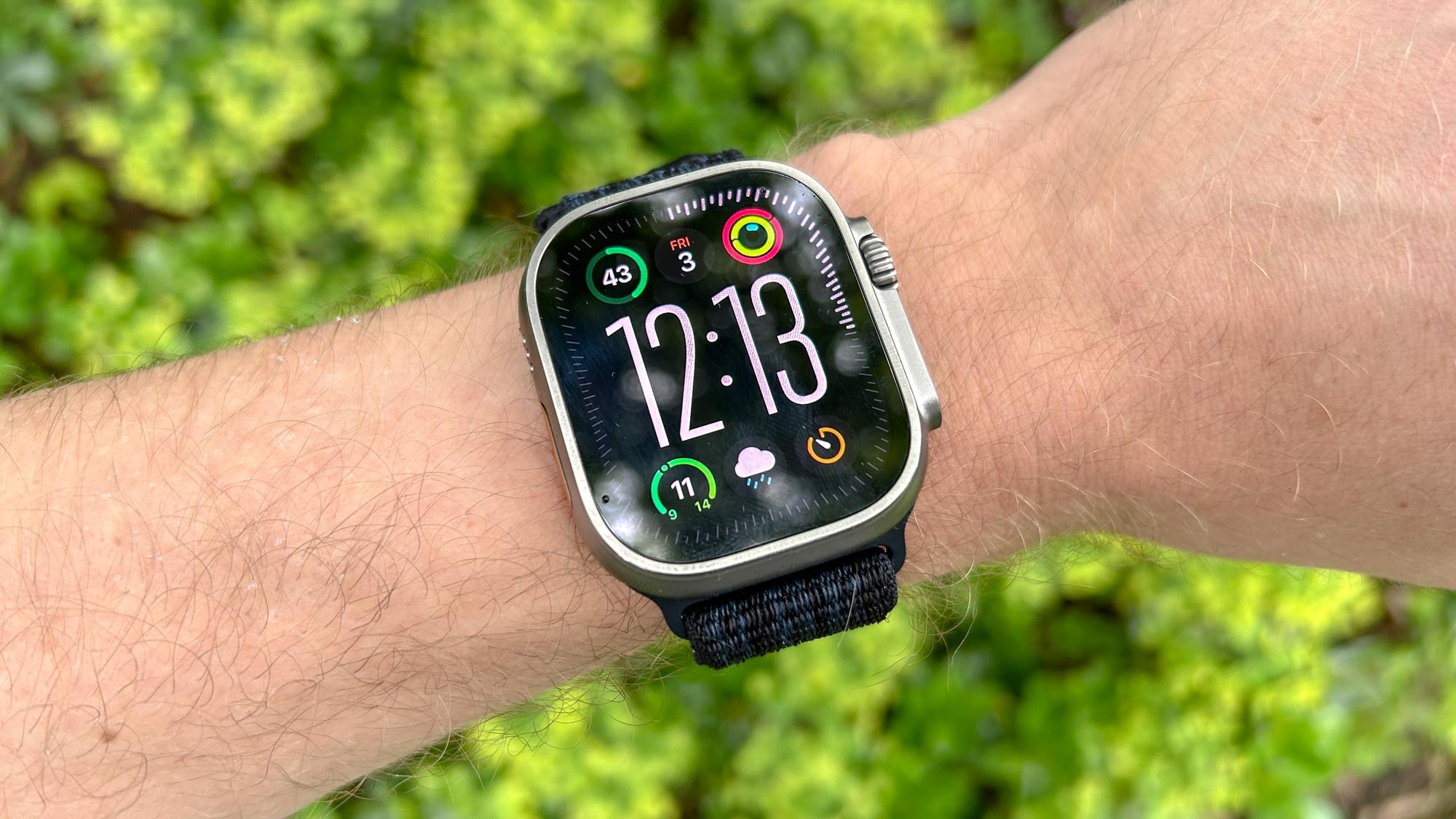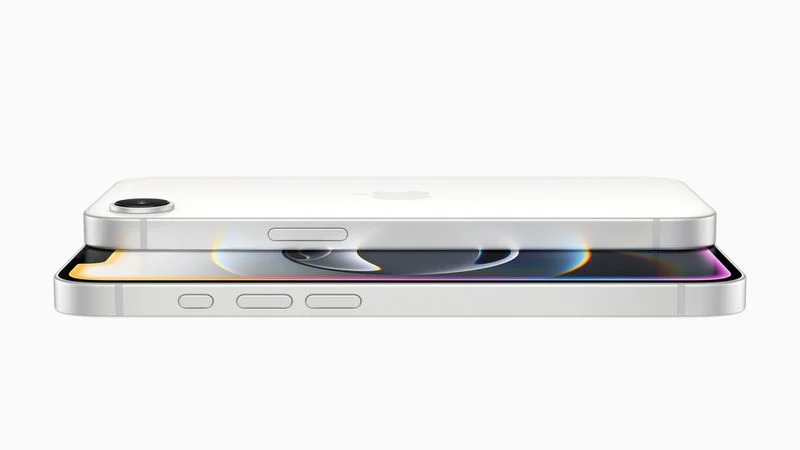Apple could roll out an iPhone 17e next year, possibly in February, according to a fresh consumer report. This lines up with a tip from a trusted leaker who says hints of this phone are already popping up in China’s supply chain.
iPhone 16e Kicks Off a New Trend
A report from Consumer Intelligence Research Partners (CIRP) suggests the iPhone 16e is the start of a yearly lineup of budget-friendly “e” models in Apple’s main series. After launching the regular iPhone 17 in September, Apple might unveil the iPhone 17e in February 2026. The report explains:
It looks like “e” phones could stick around. After the big iPhone 17 debut in September, we think Apple will bring out an iPhone 17e around this time next year. This is similar to how Google releases its “a” models a few months after its spring flagship launches.
Meanwhile, a leaker on WeChat, Fixed Focus Digital, shared news of a “new project codename” spotted in Apple’s supply chain. They believe it’s likely tied to the iPhone 17e. This leaker was also the first to call the iPhone 16e by name last December, while others thought it’d just be another iPhone SE.
Why This Matters
Before these rumors, we guessed last week that an iPhone 17e might drop in early 2026, around February. A cheaper “e” model mid-year could shake up Apple’s lineup and spark more excitement than rereleasing the same phone in a new color, something Apple has done before. It’d also give buyers a clearer idea of when to expect a new budget option, unlike the unpredictable timing of past iPhone SE releases.
That said, this depends on the iPhone 16e doing well. If sales flop, the “e” line might fade away like the iPhone “mini” or the “Plus” model, which we don’t expect to see in the iPhone 17 family. The iPhone 16e’s sales numbers will likely clue us in on its future.
iPhone 16e Hits Stores Soon
The iPhone 16e comes with a 6.1-inch OLED screen, Face ID, an A18 chip, Apple Intelligence, a USB-C port, an Action button, and a 48-megapixel camera with 2x zoom. It also has Apple’s new 5G “C1” modem. It’ll be available starting February 28 in stores and for pre-order deliveries.
